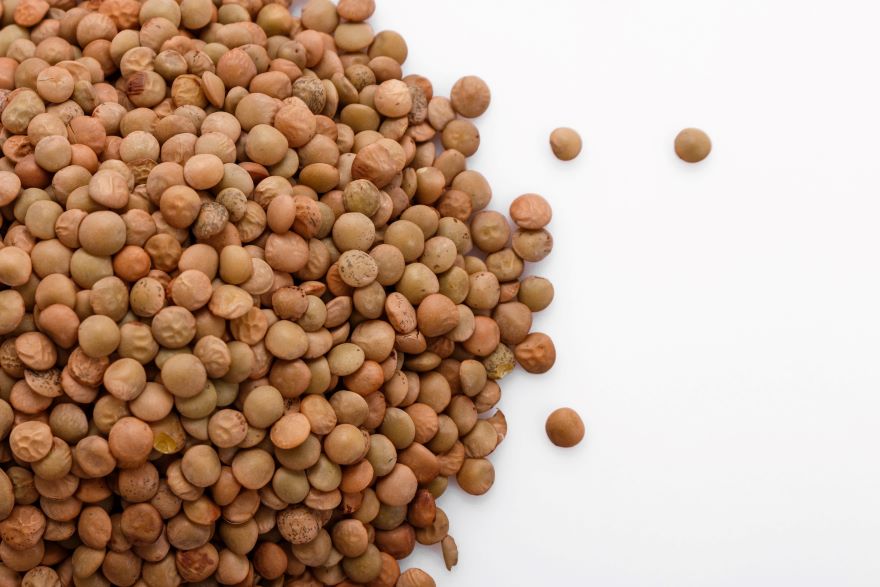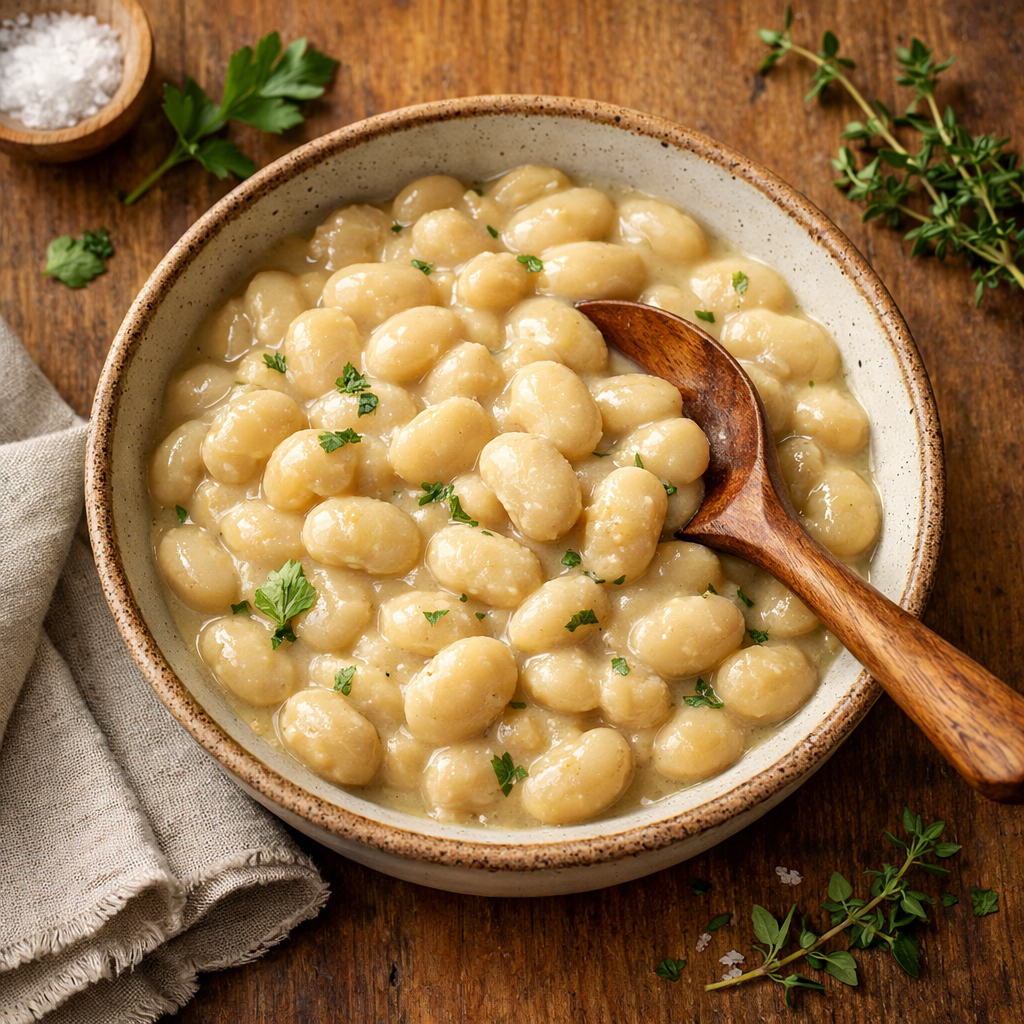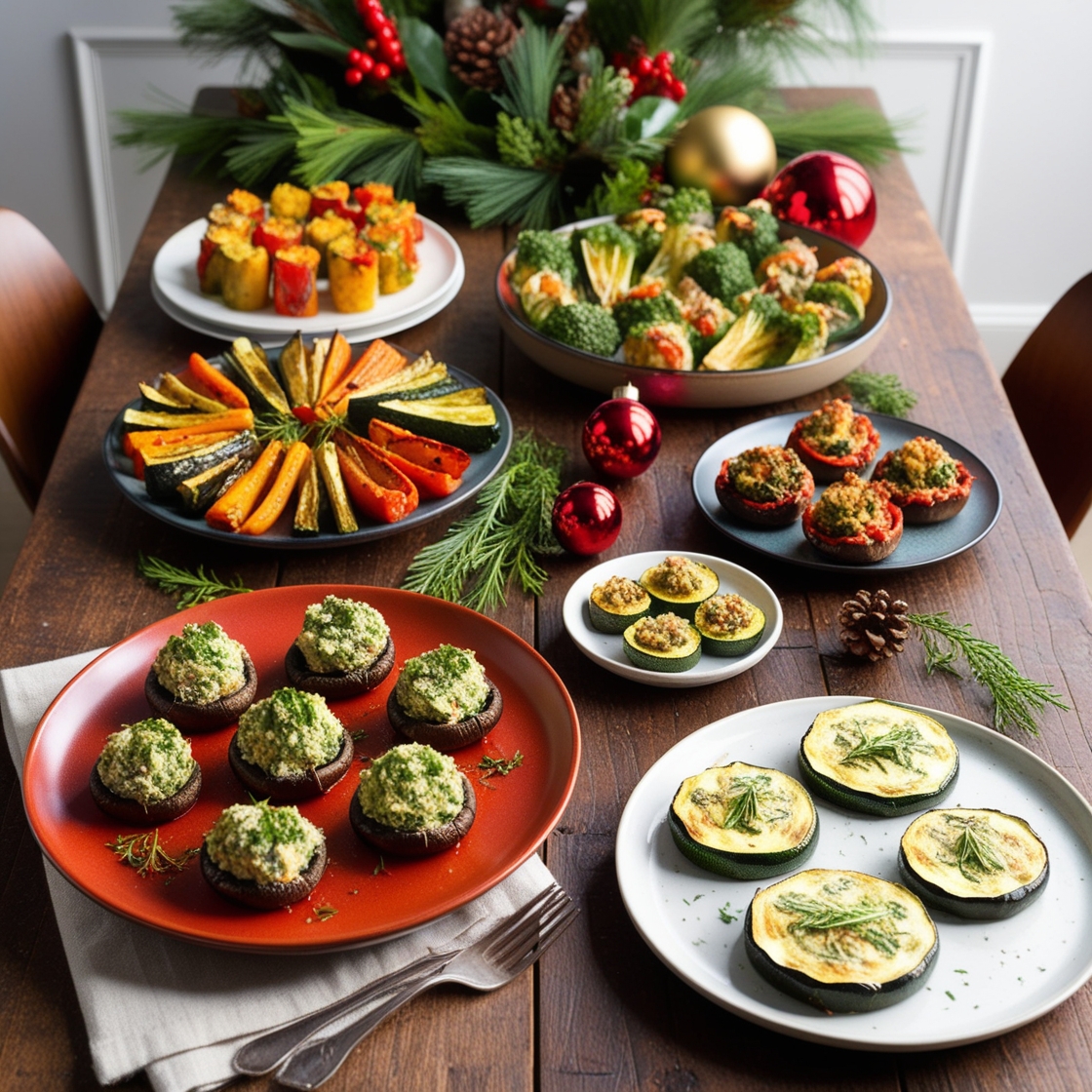The steam rose from the bowl of perfectly cooked pardina lentils, and I couldn’t hold back my tears. Not tears of frustration or sadness – these were tears of profound relief and recognition. Sitting at my kitchen table on that quiet Sunday morning, I realized these tiny, cream-colored legumes had become the unexpected heroes of my healing journey.
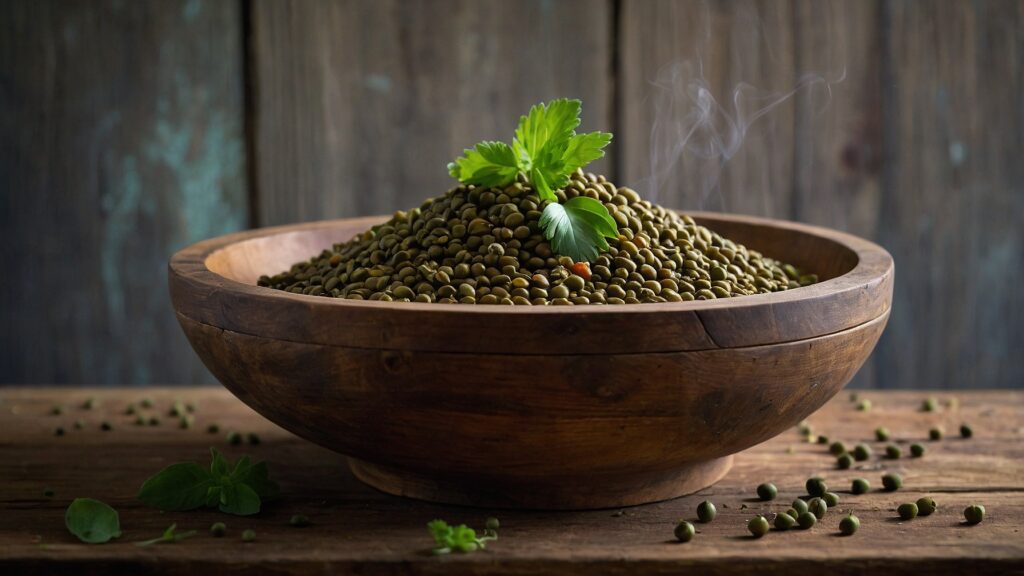
Let me back up a bit. Two years ago, my health was in shambles. Each day felt like walking through thick fog with weights strapped to my limbs. My digestive system had declared war on nearly everything I ate, leaving me afraid to try new foods and stuck in an increasingly restricted diet. Sleep was elusive, my skin was breaking out, and my anxiety levels were through the roof. Doctors ran tests but found nothing conclusive. “Try eliminating more foods,” they suggested, or “Maybe it’s just stress.”
Finding Hope in Unexpected Places
My turning point came during one of those endless late-night health research sessions. Between articles about gut health and inflammation, I stumbled across a small study about pardina lentils. These particular lentils caught my attention because of their reported gentleness on digestion and their complete protein profile. After months of eliminating foods, here was something I could potentially add to my diet.
Still, it took me three weeks to work up the courage to try them. The bag sat in my pantry like a challenge, both frightening and full of possibility. What if my body rejected them like so many other foods? What if this was just another dead end in my search for healing?
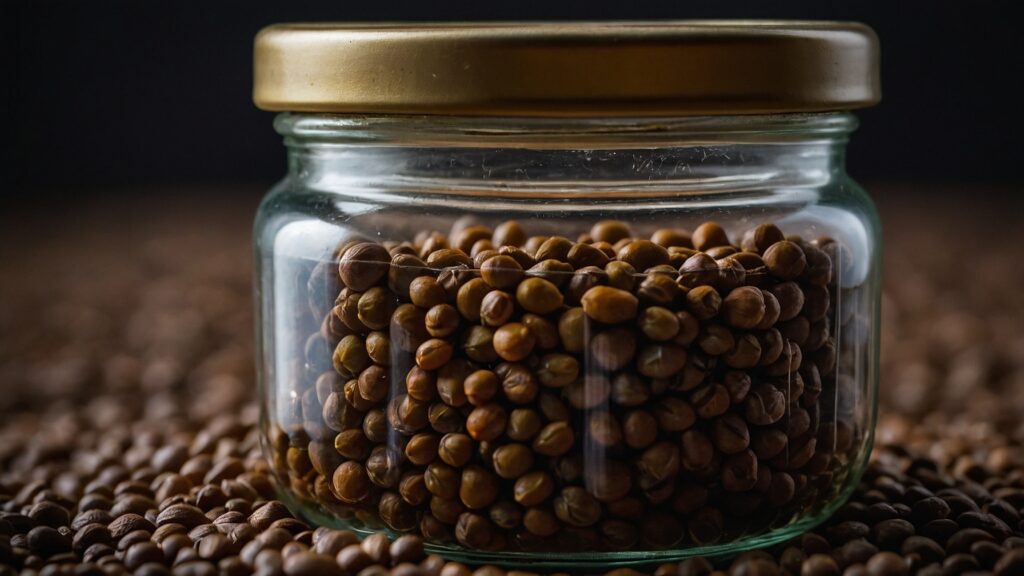
The First Step: A Simple Beginning
My first pardina lentil meal was as basic as it could get. My hands shook as I measured out the ingredients:
Basic Healing Pardina Lentils
- 1 cup pardina lentils, carefully rinsed
- 3 cups filtered water
- 1/4 teaspoon sea salt
- 1 small bay leaf
- 2 sprigs fresh thyme
The cooking process was simple: combine everything in a pot, bring to a boil, reduce to a simmer, and cook for about 20 minutes until tender but still holding shape. Remove the herbs before serving.
I remember standing over the pot, watching the lentils simmer, my stomach in knots – not from pain this time, but from anticipation and fear. The aroma was gentle and earthy, reminding me of my grandmother’s kitchen during those long-ago Sunday dinners when food was still a source of joy rather than anxiety.
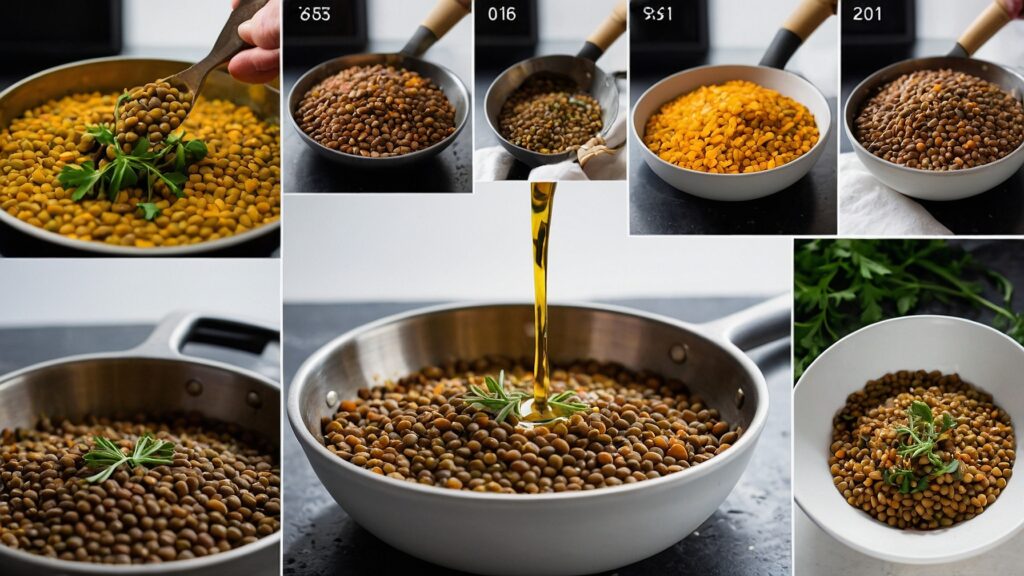
That first bite was a moment of pure revelation. The lentils were creamy yet maintained their structure, with a subtle, nutty flavor that didn’t overwhelm my sensitive system. I waited for the familiar cramping and discomfort… but it never came. That night, I slept deeply for the first time in months.
Building Trust: One Meal at a Time
Over the next few weeks, I slowly began incorporating pardina lentils into my routine. Each successful meal felt like a small miracle, building my confidence bite by bite. I started experimenting with gentle additions to my basic recipe:
Gentle Herbed Pardina Lentils
- 1 cup pardina lentils
- 3 cups water
- 1 small shallot, finely diced
- 2 sprigs fresh rosemary
- 2 sprigs fresh thyme
- 1 small bay leaf
- 1/4 teaspoon sea salt
- 1 tablespoon extra virgin olive oil
Sauté the shallot in olive oil until soft, add remaining ingredients, and simmer until tender. The herbs infuse the lentils with flavor while keeping the dish gentle on digestion.
As my body continued to respond positively, I grew bolder in my culinary experiments. Each successful addition to my pardina lentil dishes marked another step forward in my healing journey.
The Breakthrough Bowl
About two months into my pardina lentil journey, I created what became my signature healing bowl:
Mediterranean Healing Bowl
- 1 cup cooked pardina lentils
- 2 cups baby spinach, lightly wilted
- 1 small sweet potato, roasted with olive oil
- 1/4 avocado, sliced
- 1 tablespoon cold-pressed olive oil
- Fresh lemon juice
- Fresh herbs (parsley, mint, basil)
- Sea salt and black pepper to taste
- Optional: pine nuts, pumpkin seeds
This bowl became my turning point. Not only could I eat it without fear, but I actually looked forward to meals again. The combination of textures and nutrients made my body feel supported and nourished rather than threatened.
Expanding Horizons: Beyond Basic Bowls
As my confidence grew, so did my recipe repertoire. This soup marked my transition from “safe” foods to truly enjoying cooking again:
Golden Healing Pardina Lentil Soup

- 1 cup pardina lentils
- 1 small onion, diced
- 2 carrots, chopped
- 2 celery stalks, chopped
- 2 garlic cloves, minced
- 1 teaspoon turmeric
- 1/2 teaspoon ground cumin
- 4 cups vegetable broth
- 1 handful fresh spinach
- Fresh ginger, grated
- Black pepper to taste
- 2 tablespoons olive oil
Sauté vegetables in olive oil until soft, add spices and cook until fragrant. Add lentils and broth, simmer until lentils are tender. Finish with spinach and fresh ginger.
The anti-inflammatory properties of turmeric and ginger combined with the gentle protein of pardina lentils made this soup a weekly staple in my healing protocol.
Looking to start your own healing journey with pardina lentils? The Le Creuset Cast Iron Dutch Oven has been my trusted companion throughout my recovery. Its perfect heat distribution ensures lentils cook evenly every time, while the enameled surface prevents sticking and makes cleanup effortless. This heirloom-quality pot will last for generations of healing meals.
- Colorful exterior enamel is shock-resistant to prevent chipping and cracking
- Dome-shaped lid locks in flavor by promoting continuous circulation of heat and moisture
- Sand-colored interior enamel has a smooth finish that promotes caramelization, prevents sticking and resists stains
- Wide loop handles provide a safe and comfortable grip
- Stainless steel knob is safe at any oven temperature
The Ripple Effect: Beyond Digestion
The impact of incorporating pardina lentils into my diet reached far beyond my digestive health. Within three months, I noticed:
- My energy levels stabilized – no more afternoon crashes
- My skin cleared up completely
- The brain fog lifted
- My sleep quality improved dramatically
- My anxiety about food began to decrease
- My hair became shinier and stronger
- My nails stopped breaking easily
But the most significant changes were harder to measure. The constant fear around food slowly melted away, replaced by a growing trust in my body’s ability to heal. I started enjoying social occasions again, no longer paralyzed by anxiety about what I could eat.
Creating Community Through Healing
When I shared my experience with pardina lentils in an online support group, something beautiful happened. Others struggling with similar health issues began trying them too. We shared recipes, supported each other through kitchen experiments, and celebrated every small victory.
This led me to create a weekly virtual cooking circle where we would prepare pardina lentil recipes together. Here’s one of our group favorites:
Community Healing Pardina Lentil Stew

- 1 cup pardina lentils
- 1 sweet potato, cubed
- 2 carrots, chopped
- 1 zucchini, diced
- 1 onion, diced
- 3 garlic cloves, minced
- 1 inch fresh ginger, grated
- 1 teaspoon turmeric
- 1/2 teaspoon cinnamon
- 4 cups vegetable broth
- 2 cups baby spinach
- Fresh herbs (parsley, cilantro)
- Olive oil
- Salt and pepper to taste
This stew became our community’s symbol of healing – gentle enough for sensitive systems but flavorful enough to satisfy everyone at the table.
Lessons Learned Along the Way
My pardina lentil journey taught me invaluable lessons about healing:
Small steps lead to big changes
Start with the simplest preparation possible. There’s no shame in keeping things basic while building trust with your body.
Listen to your body’s wisdom
Learning to distinguish between anxiety and actual physical reactions takes time and patience.
Document your journey
Keep a food and mood journal to track your progress and identify patterns.
Make tracking your journey simple and effective with the Clever Fox Food Journal & Fitness Planner. When I started documenting my daily meals and reactions, having a dedicated, well-organized journal made all the difference. This premium planner gives you dedicated spaces for meal tracking, symptom monitoring, and progress notes – exactly what you need to understand your body’s responses and celebrate your healing milestones.
- BUILD A HEALTHIER, STRONGER & HAPPIER BODY: Clever Fox Fitness & Food Journal is the ultimate nutrition and workout tracker journal. With two daily pages for your exercise and menu, you can focus on your well-being and achieve lasting results.
- PLAN, ACHIEVE, REFLECT, REPEAT: This fitness and nutrition journal helps you set big goals, break them into monthly milestones and work on them consistently. At the end of each month, you will complete a monthly review to reflect on your progress.
- TRANSFORM YOUR LIFESTYLE IN 3 MONTHS: The food and fitness journal for women and men lasts 3 months, helping you focus on your wellbeing, and notice how changing your diet and lifestyle affects the way you feel.
- A5 SIZE, STICKERS & USER GUIDE: This food & exercise journal comes in A5 size (5.5x8.3”). The diet & gym notebook is undated, has a vegan leather hardcover, 120gsm paper, pen loop, elastic, lay-flat binding, 3 bookmarks, stickers, and user guide.
- 60-DAY SATISFACTION GUARANTEE: If you aren’t satisfied with your food & workout journal for women, we want to hear about any issues you have with fitness log book. Reach out to us about your workout planner for women, so we can provide a solution.
Build a support system
Whether online or in person, connecting with others who understand makes the journey less lonely.Celebrate every victory
Each new ingredient successfully added to your meals deserves recognition.
One game-changer in maintaining my healthy routine has been proper food storage. The Glasslock 10-Piece Oven-Safe Container Set helped me transition away from plastic and keep my prepped lentils fresh all week. The airtight seals prevent leaks, and the durable tempered glass means I can take them straight from fridge to oven. These containers have been essential for meal prepping my lentil dishes and maintaining my healthy eating habits.
- PERFECT FOR MEAL PREP – This set includes (5)13oz rectangle, (5)34oz rectangle. Perfect size for weekly meal prep and pantry storage.
- PREMIUM QUALTY - Glasslock is made in South Korea with carefully selected raw materials and strict quality control. Our non-porous glass is stain or oder free and like new when washed.
- AIRTIGHT & LEAK-PROOF – Locking lid with high quality silicon gasket will keep the freshness of contents much longer than ordinary peel-off lids and prevents any odor slips in & out of the container in the fridge.
- EASY USE & CARE - Safe to be used in freezer & fridge and be used in microwave (without lid) and dishwasher (lid top rack only) for your convenience.
- EXCELLENT DURABILITY –Glasslock is made with TEMPERMAX technology. It is thermal & shatter resistance and much more durable than ordinary glass or borosilicate glass to serve various needs in your kitchen.
Moving Forward: Integration and Balance
Today, my relationship with food has transformed completely. Pardina lentils still feature regularly in my meals, but they’re now part of a diverse, nourishing diet that brings me joy instead of anxiety. My kitchen has become a place of creativity and healing rather than fear and restriction.
I’ve learned to adapt my pardina lentil recipes to different seasons and needs. For busy days, I prep simple lentil and vegetable bowls. For special occasions, I might make a more elaborate dish like this:
Celebration Pardina Lentil Salad
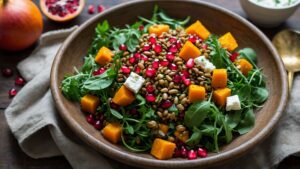
- 2 cups cooked pardina lentils
- 1 bunch fresh arugula
- 1 small roasted butternut squash, cubed
- 1/4 cup pomegranate seeds
- 1/4 cup toasted pumpkin seeds
- Fresh herbs (mint, parsley, basil)
- Olive oil and lemon dressing
- Optional: crumbled goat cheese
This dish represents how far I’ve come – from fearing food to celebrating it.
A Message of Hope
That morning I cried over my bowl of pardina lentils marked the beginning of my return to health. Those tears represented recognition that healing was possible, one gentle meal at a time.
If you’re standing where I once stood, feeling lost and scared about food, know that healing is possible. Start small, be patient with yourself, and trust that every tiny step forward counts. Maybe pardina lentils will become part of your story too, or perhaps you’ll find your own healing foods. What matters is beginning the journey and believing in your body’s wisdom to guide you home.
My pantry now always holds a bag of pardina lentils. They’re more than just a food – they’re a reminder of how far I’ve come and the power of giving our bodies what they need to heal. Every time I cook them, I feel grateful for the simple lessons they taught me about patience, self-trust, and the healing power of gentle nourishment.
Remember, healing isn’t linear. Some days you might need to return to the simplest preparations, and that’s perfectly okay. Other days you might feel brave enough to try something new. Each day is an opportunity to listen to your body and honor what it needs.
The steam still rises from my bowl of pardina lentils, but now it carries the aroma of hope, healing, and possibility. My journey continues, and I’m no longer afraid of where it might lead.
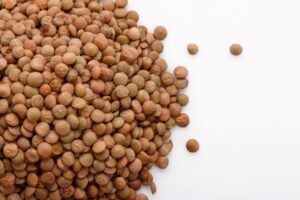
*We may earn a commission for purchases made using our links. Please see our disclosure to learn more.

